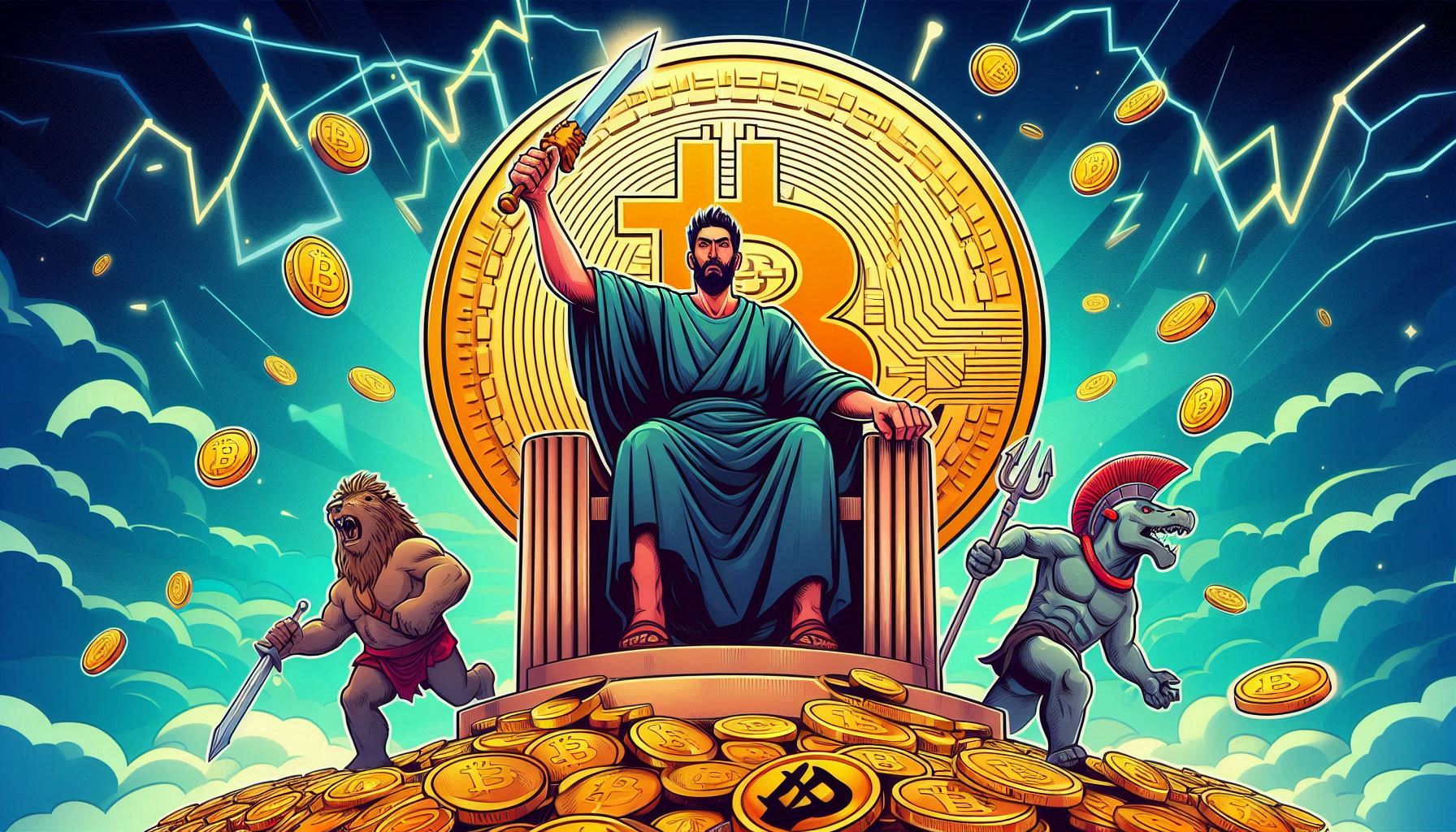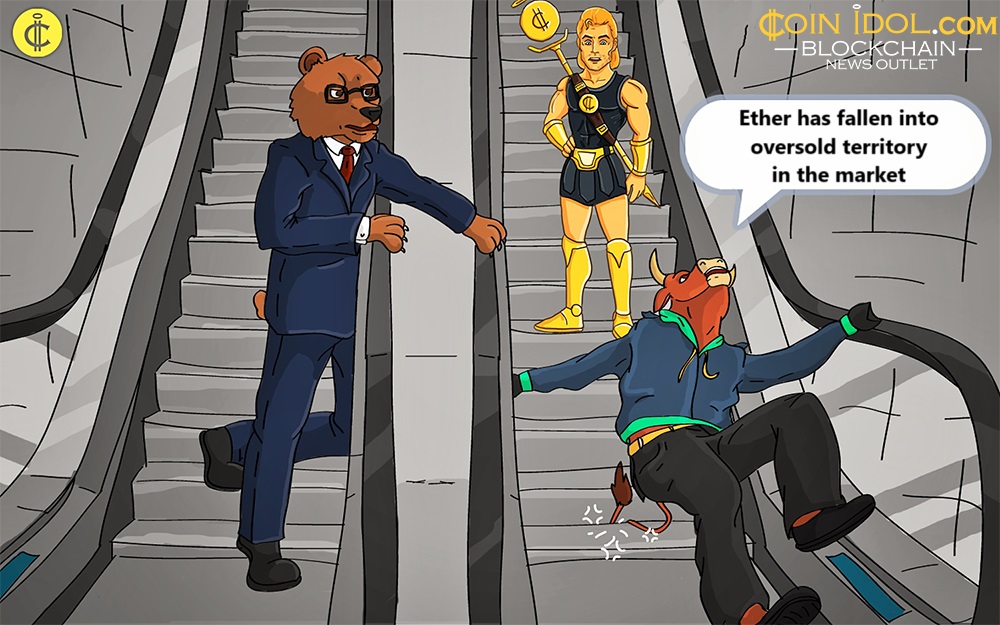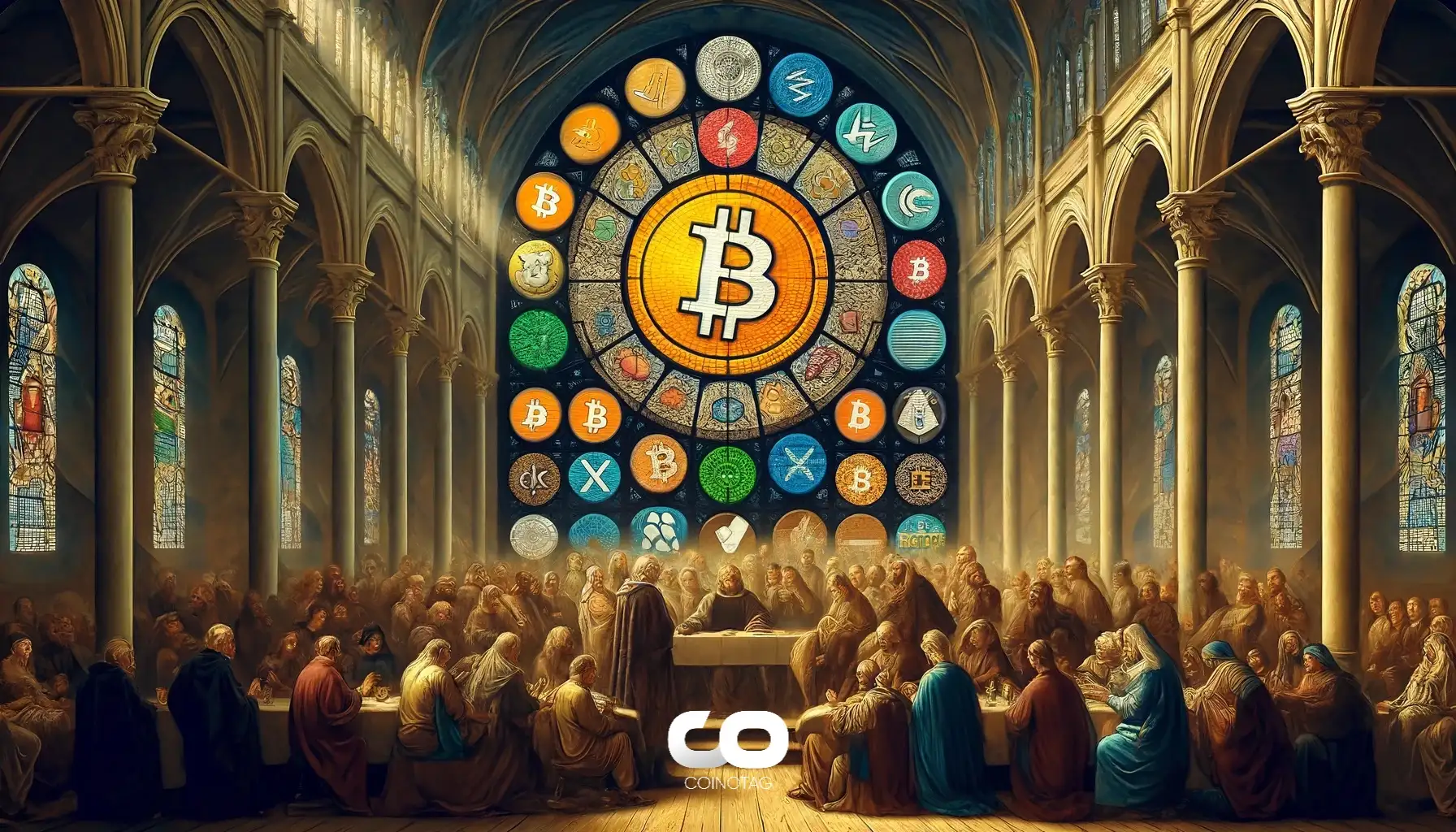This is a segment from the Lightspeed newsletter. To read full editions, subscribe.
MetaDAO, the group pioneering markets-based governance via “futarchy” on Solana, is one of those things that lots of Solana people have heard of but has seen limited actual adoption.
Things could be changing though, as the liquid staking startup Sanctum just became the first Solana project to fully adopt MetaDAO for its platform governance. Its first decision market has drawn over 200 trades in three hours. When I recently called to catch up with MetaDAO’s pseudonymous founder metaproph3t, they portrayed the Sanctum launch as a potential means to build trust that futarchy can actually work, kicking off a potential adoption flywheel effect.
Futarchy is a term coined by George Mason University economics professor Robin Hanson for a governance system where markets, rather than voters or leaders, make decisions. MetaDAO brings futarchy to Solana governance.
The experiment is generally well thought of in crypto, especially since traditional token-voting DAO systems have their warts — and can sometimes be accused of being a little too trigger-happy with treasury funds.
Realms, which allows for traditional DAO models with token-based voting, is the more popular governance platform on Solana. Well-known projects like Jito and Drift have launched some form of governance on MetaDAO, but they have Realms pages, too.
Metaproph3t said they think MetaDAO can become the default governance platform for Solana — like, say, what Snapshot is to Ethereum — within six to 18 months. Still, they added, “I don’t think I foresaw just how much friction there is involved in someone learning how futarchy works.”
MetaDAO creates pass and fail markets for governance proposals. Anyone can trade in the pass and fail market by placing options-like bets on whether they think the proposal succeeding or failing will cause the token’s price to rise or fall. The market that predicts a more positive outcome for the token’s price succeeds, and only users who traded on the winning market see their trades executed at the market-determined price. Sellers, who are bearish on the proposal, buy with the native token and get paid out in USDC, while buyers, who are bullish, do the reverse.
This is all a bit convoluted at first, and metaproph3t is a fitting overseer for the wonkish project. At one point in our conversation, they summarized Geoffrey Moore’s book, Crossing the Chasm, at length to make a point.
When I asked if the futarchy project was just too nerdy to catch on broadly, metaproph3t replied that there are plenty of technologies people use without fully understanding.
“Who actually understands how a car engine works?” they asked.
I asked Sanctum co-founder FP Lee what it would take for MetaDAO to become the real default DAO platform for Solana projects.
“One great success,” he replied. “If we embrace it full-throatedly, and people see that it works, it will be embraced fully.”
Start your day with top crypto insights from David Canellis and Katherine Ross. Subscribe to the Empire newsletter.
Explore the growing intersection between crypto, macroeconomics, policy and finance with Ben Strack, Casey Wagner and Felix Jauvin. Subscribe to the Forward Guidance newsletter.
Get alpha directly in your inbox with the 0xResearch newsletter — market highlights, charts, degen trade ideas, governance updates, and more.
The Lightspeed newsletter is all things Solana, in your inbox, every day. Subscribe to daily Solana news from Jack Kubinec and Jeff Albus.
Blockworks: News and insights about digital assets. – Read More









